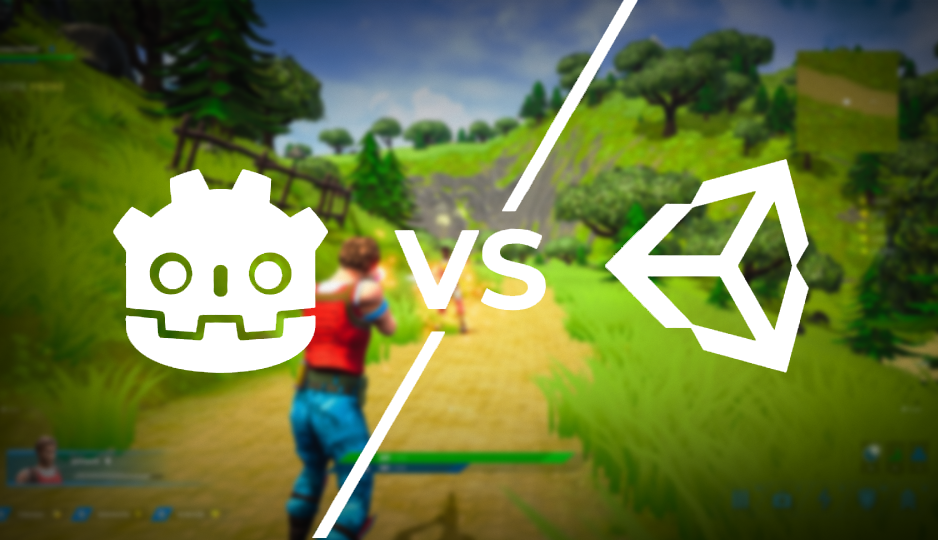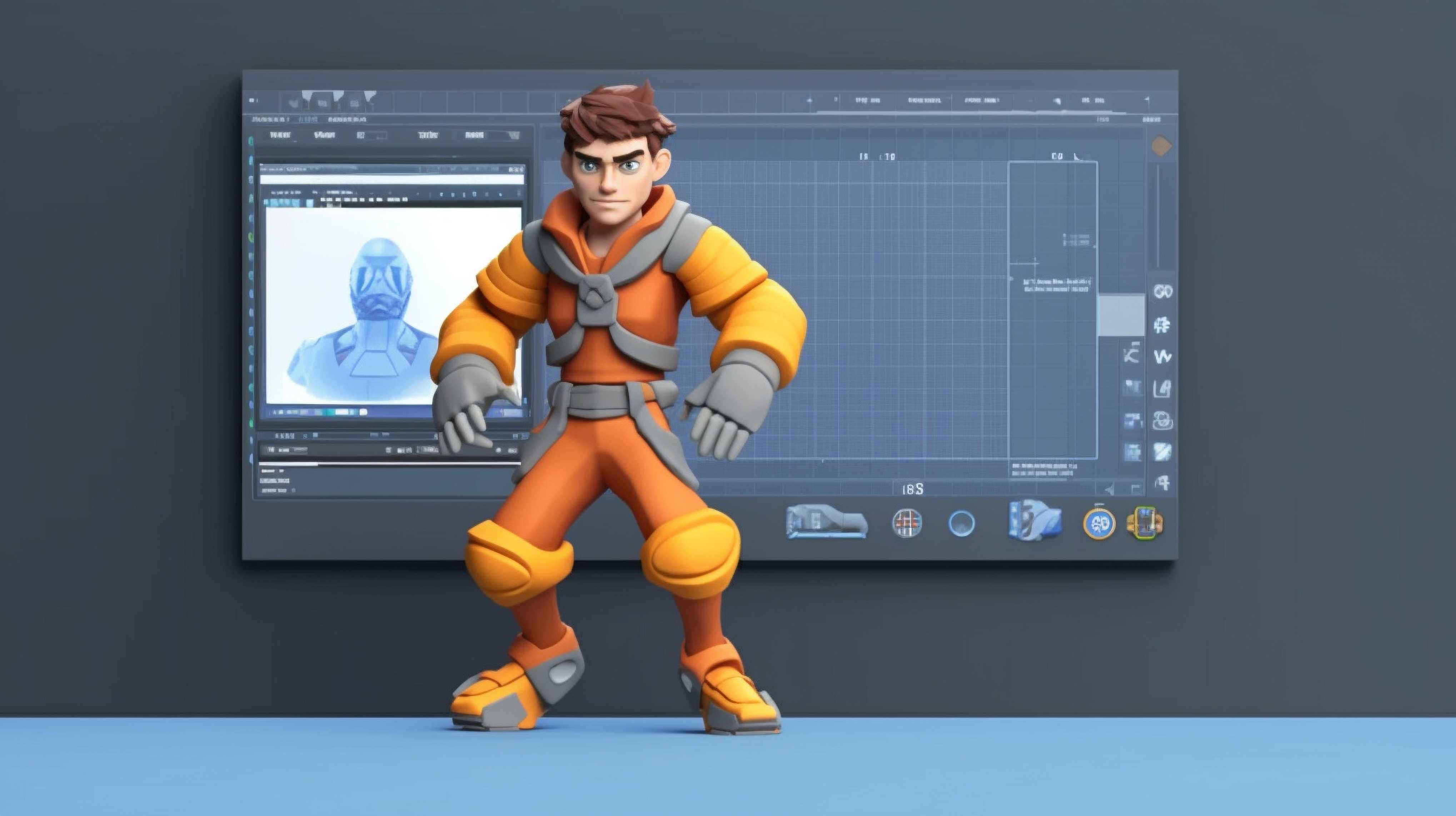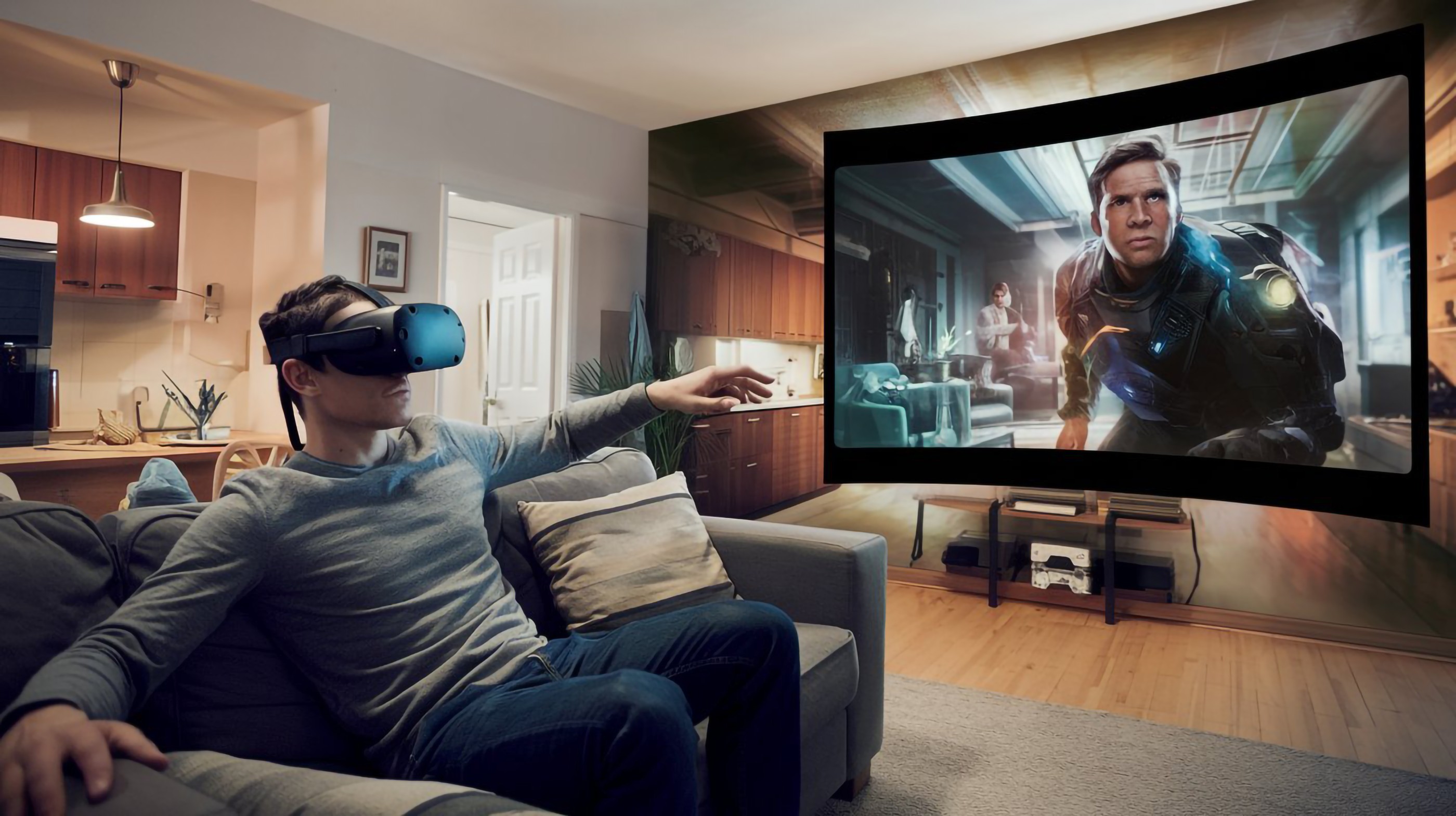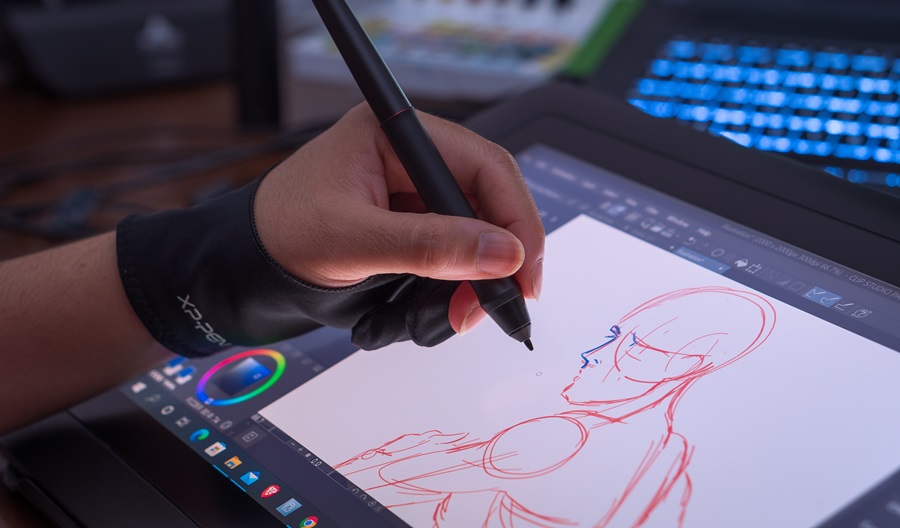Godot is a free and open-source physics engine. Despite a mere 0.1% market share in the game development category, it is a popular choice for any small game development studio and independent developers/hobbyists.
Nevertheless, Godot is one of the most popular game engines of 2024.
Most of the discourse on the ‘best’ game engine centers around Unity and Unreal Engine (UE). These, of course, have their merits that explain their practical monopoly in the market.
With that said, Godot is also a popular choice in game engines, with 37% of its users in the US.
In this blog piece, we focus on Godot and Unity, and how they compare. We also help you tackle a frequently asked question: “Which one is best for beginners?”
I. GODOT
In this section, we let the underdog shine in the spotlight.
What is Godot?
As mentioned earlier, Godot is a free and open-source game engine. It offers a comprehensive tool that helps you create both 2D and 3D games.
There are several features of Godot that make as popular as it is today:
1. Cross-platform Support: Games made on Godot can run on desktop (Windows, macOS, Linux), mobile (Android, iOS), and web (HTML5) platforms.
2. Node-Based System: Nodes are the modular components of game features (graphics, physics, sounds, etc.) and a scene is a collection of nodes. This makes game development more intuitive and flexible.
3. Programming Options: Godot has its proprietary language called GDScript. It is a simplified, python-esque language. You can also use C# and C++.
4. 2D Engine: There are dedicated tips and tools for creation in 2D animation with sprites, tilemaps, and pixel-perfect rendering.
5. 3D Engine: Godot supports 3D animation tools like real-time lighting, shadows, visual effects, shaders, and more.
6. Scene System: This arrangement allows for better organization of the game flow and these components are reusable.
7. Animations: You can create your animation in Godot through numerous methods like skeletal animation, cut-out animation, blending, etc.
8. UI Tools: It has a built-in system to create an engaging UI.
9. Physics: It can handle physics elements such as collisions and movements in both 2D and 3D.
10. Networking: It also has a built-in system to support multiplayer gaming.
Advantages and Disadvantages of Godot
Let us first discuss the benefits of using Godot:
1. It is free and open-Source (MIT License). There are no hidden charges. No licensing fee or royalties to Godot; you own the game you make.
2. It is a lightweight engine.it’s fast to download, doesn’t take up a lot of space, and thus, can run on older hardware.
3. It is quite beginner friendly. The node system keeps things organized and the GDScript is easy to learn.
4. Even for a smaller engine, it has an active community. You will have access to lots of tutorials, documentation, and supportive developers.
5. With cross-platform flexibility, you can run your game on any device.
Every rose has its thorn:
1. The engine is less mature than its more popular contemporaries like Unity and UE. This is reflected in its smaller asset libraries.
2. With large-scale projects, 3D game development can be complex.
3. It is not the best engine for creating AAA titles, which require extensive graphics.
4. As a developing engine, you may find some major changes with newer versions.
II. UNITY
In this section, we welcome the returning champion of the game development industry.
What is Unity?
Unity is an industry-leading game engine. It is used to create games in both 2D and 3D, on various platforms.
It comes with a built-in comprehensive tool kit that includes visual editors, scripting, physics, animation, a powerful particle system, and more. Beyond the OS, mobile, and web, its games work on consoles (PlayStation, Xbox, Switch), VR, and AR as well.
Pros and Cons of Unity
When making a decision, it is always good to make a list of the pros and cons.
The Aye’s:
1. With an enormous user base comes an extensive collection of tutorials, resources, and asset libraries.
2. The Unity asset store provides pre-built assets that accelerate the game development process for you.
3. For a very popular game engine, it is relatively beginner-friendly.
4. You can deploy your games on virtually any platform and expect excellent performance and support.
5. Unity allows you to create exceptionally high-performance games, Especially if you work in mobile game development.
The Nay’s:
1. Although it comes as a free framework, the advanced features are paywalled (See next section for pricing).
2. With large-scale projects and teams, working with Unity becomes increasingly complex.
3. You need to pay a licensing fee for commercial use of your work, and royalties may apply as well.
4. You might find that Unity has a large collection of features that you may never use.
5. With smaller elements you have less flexibility in customization.
Related post: Maya vs Blender: Which is Better for 3D Modeling?
Pricing of Unity
It is true that Unity comes free* (Personal) for users (small developers or studios) that are limited to less than $100,000 in annual revenue.
With the Plus option, you can access additional features, the dark editor theme, and an increased revenue limit ($200,000). This costs $40 a month.
With the Pro package, you receive the full suite of professional tools, cloud services, priority customer support, and no revenue limits. This costs $180 a month.
Finally, there’s the Enterprise option. It is the custom package that provides tailored features and support to large studios that employ Unity 3D game development.









